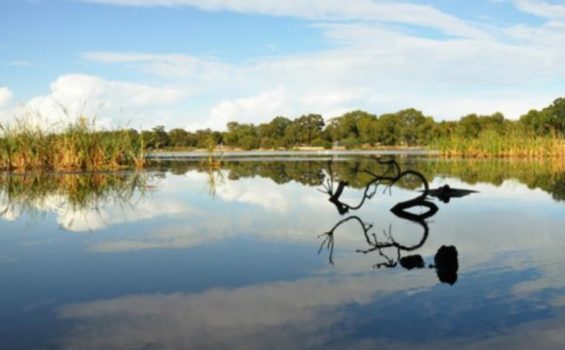
What does the Perth and Peel @ 3.5million Plan tell us about Perth Planning today?
19 June 2024
Being a proud planning nerd, over the last few days I have been enjoying rereading one of Perth’s key planning documents, Perth and Peel@3.5million
What jumps out at you is that it was desperately trying to drive a shift in Perth’s urban form.
As the Introduction states: “Sustainable growth requires a shift in our thinking and a readiness to explore and plan for new urban growth opportunities”.
But perhaps most telling is what it says about sprawl and infill.
Building on Directions 2031, Perth and Peel@3.5million maps out three scenarios for infill and fringe development, Contained City, Dispersed City, and Connected City with infill levels of 100%, 30% and 47% respectively.
“Connected City” was identified as the preferred future growth pattern because it was felt it had the “best balance between urban infill and fringe development having regard for economic, social and environmental constraints.”

Fast forward 6 years to 2024 and what have we actually been delivering the last couple of years? 30% infill – the exact number given to the Dispersed City.
Here is what the WA Government peak planning document said about this model:
“The dispersed city model would allow unlimited sprawl and the greatest conversion of rural land into new suburbs. This growth pattern delivers long-term new urban land supply on a ‘business as usual’ basis but achieves few infill opportunities. It also has a substantial adverse impact on the natural environment; reduces the capacity for infrastructure efficiency and requires the greatest infrastructure investment; reduces the ability for agricultural production in the region; and would increase the vehicle kilometres travelled. It is also likely to exhaust local supplies of basic raw materials (such as sand, gravel, limestone) in a relatively short time frame.
This is what we have been doing in Perth. It is also what Perth is likely to keep on doing because Perth and Peel @3.5 million is no longer a serious planning framework for WA. Launched in March 2018, today it is a largely neglected document. The framework was meant to have been updated in three years but six years on still nothing.
Ad hoc planning and unlimited spawl therefore shall continue.


I’ve been through several iterations of this during my time in Perth (arrived, from Melbourne, 1977) – it’s the same every time. Objective of increasing density – with no means actually to achieve it.
Big problem is ‘urban deferred’ land on the fringe – that’s almost a guarantee of low-density urban development a few years later.
As an economist, I can see there is, however, a simple way of changing things – a betterment levy every time land is rezoned – perhaps enough to counter the $100,000 or so every fringe suburban block is subsidised by.
Can’t see pollies (with the exception of your good self, of course) going for it – too many votes in outer suburban seats.
No point in having a plan if you don’t give it genuine weight in the planning decision making process. This is the fundamental flaw in the WA planning framework. Lots of lovely words, with bucketloads of due regard but no muscle.
I believe one of the reasons against urban sprawl is the energy costs and pollution associated with getting around a large city. The widespread uptake of electric cars would somewhat mitigate the need for a city to be small, since fossil fuels can be removed from the equation. Does this mean its not so bad to have a larger city and that house prices can drop because more land can be available to build on?
Mat, Good questions. EVs are part of the solution but not an efficient way of moving people.